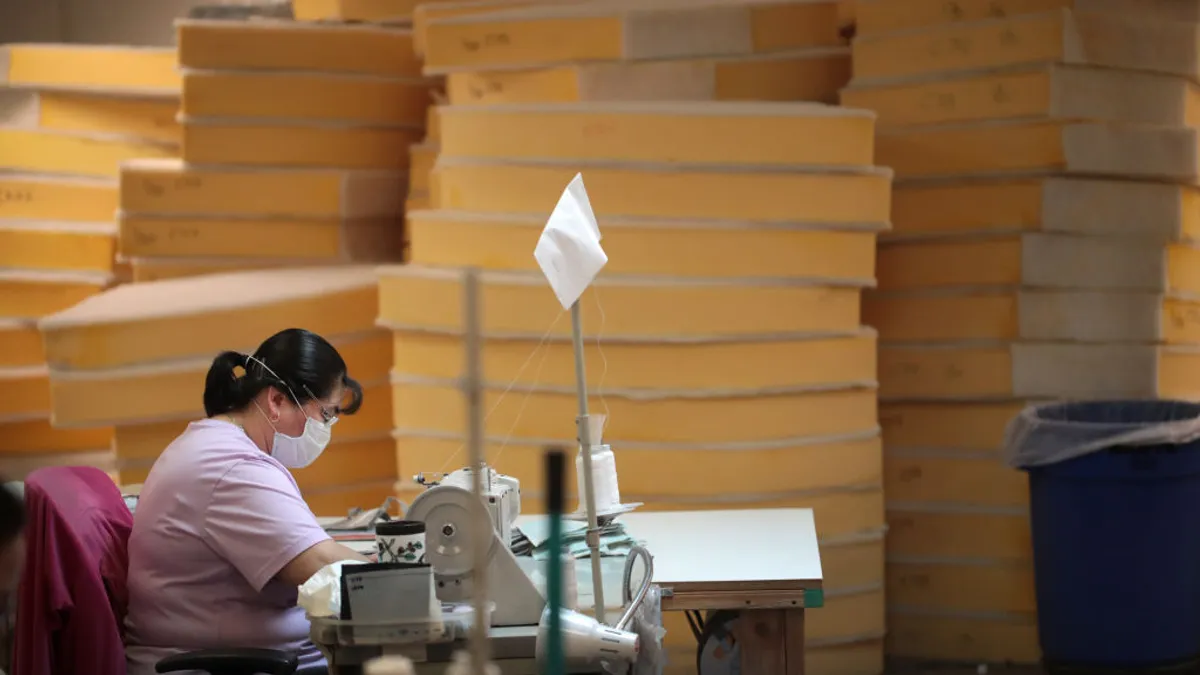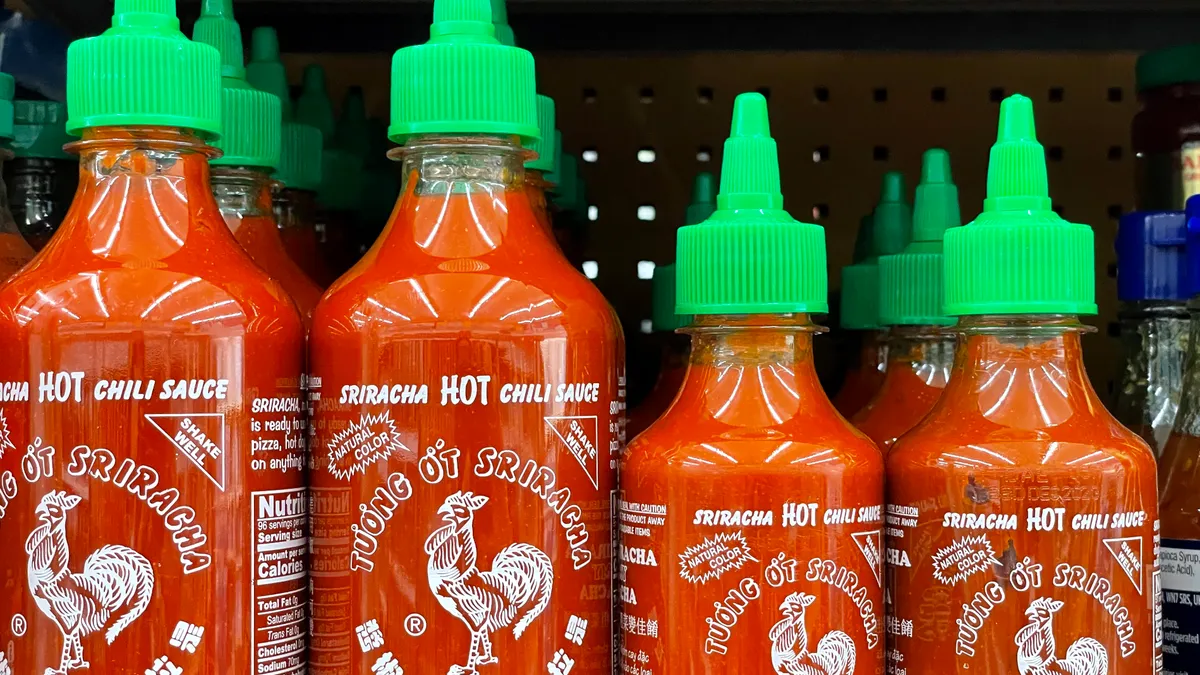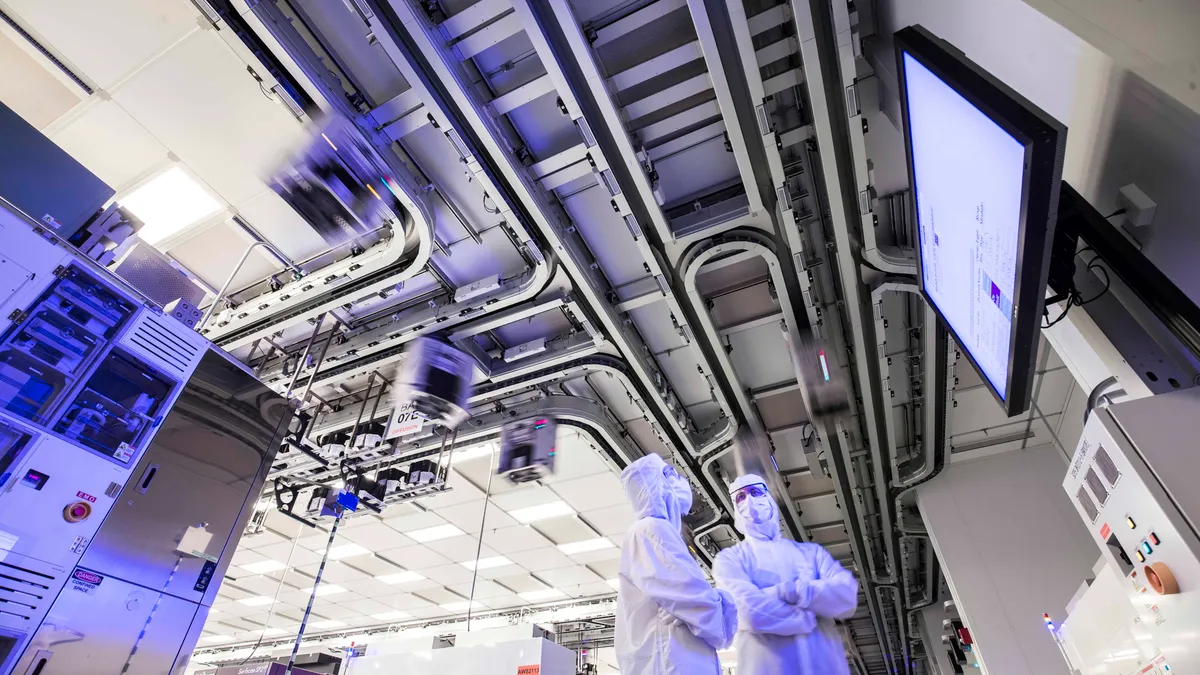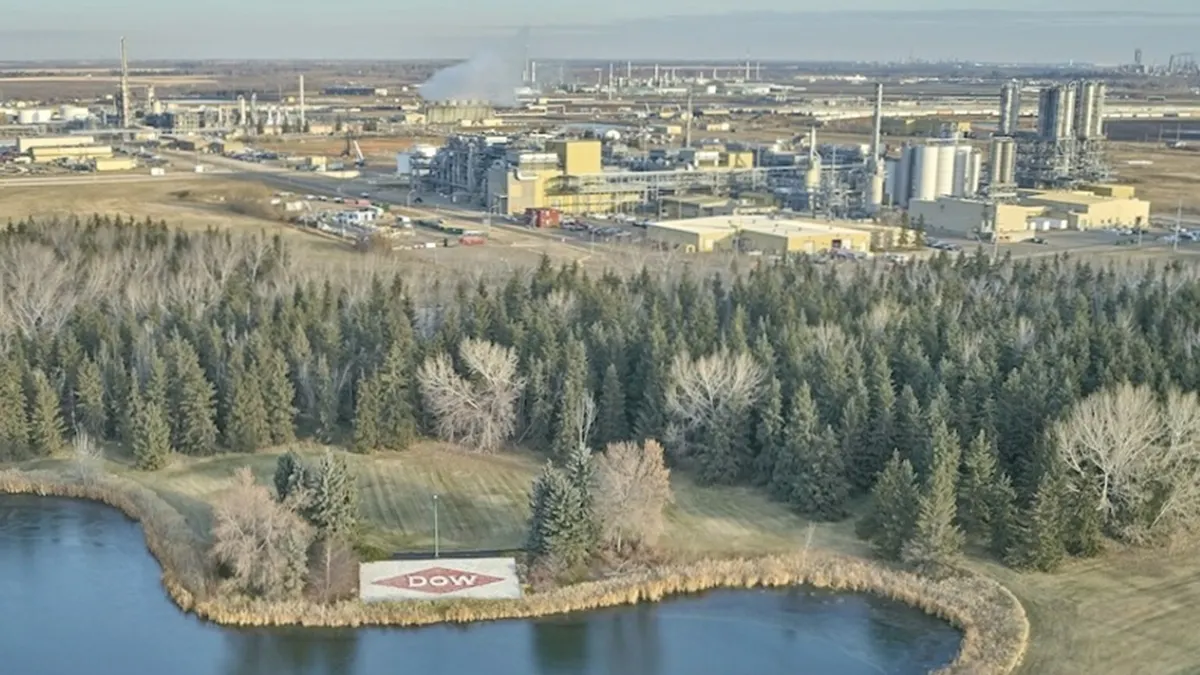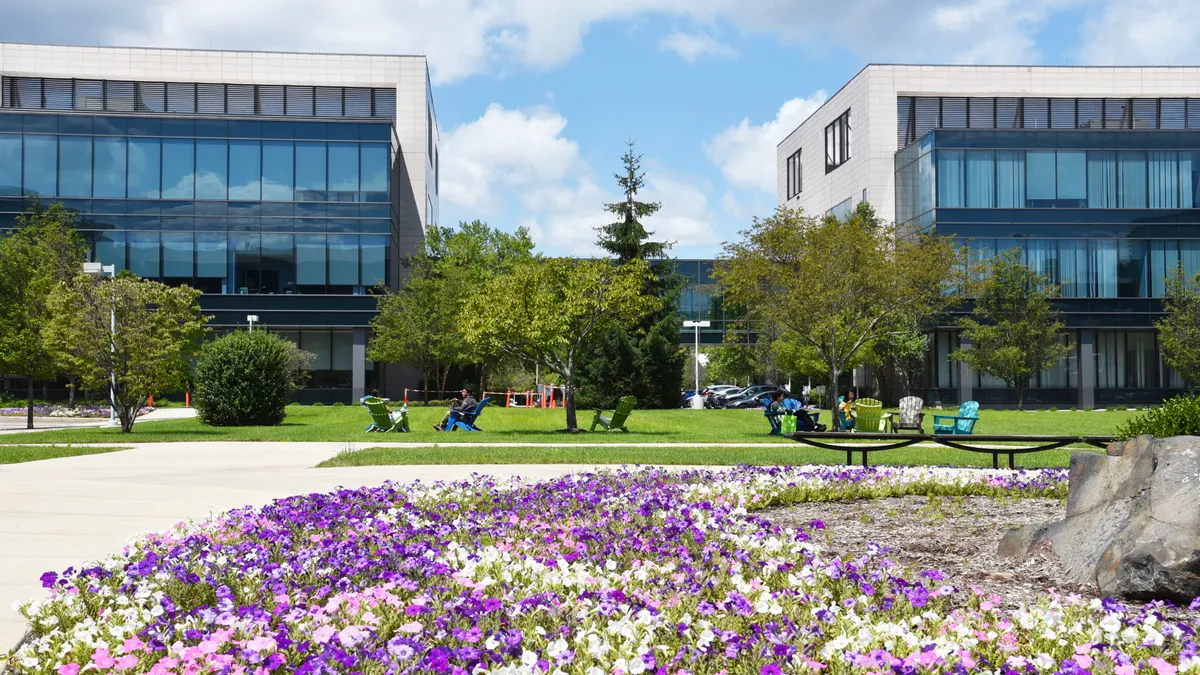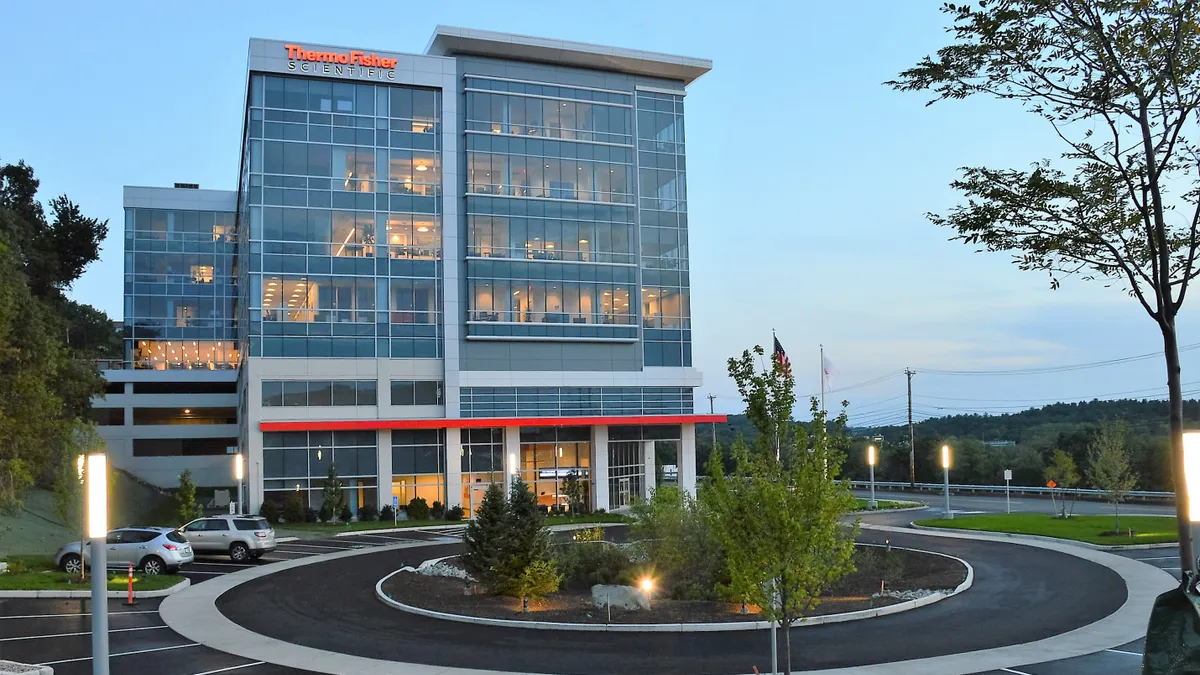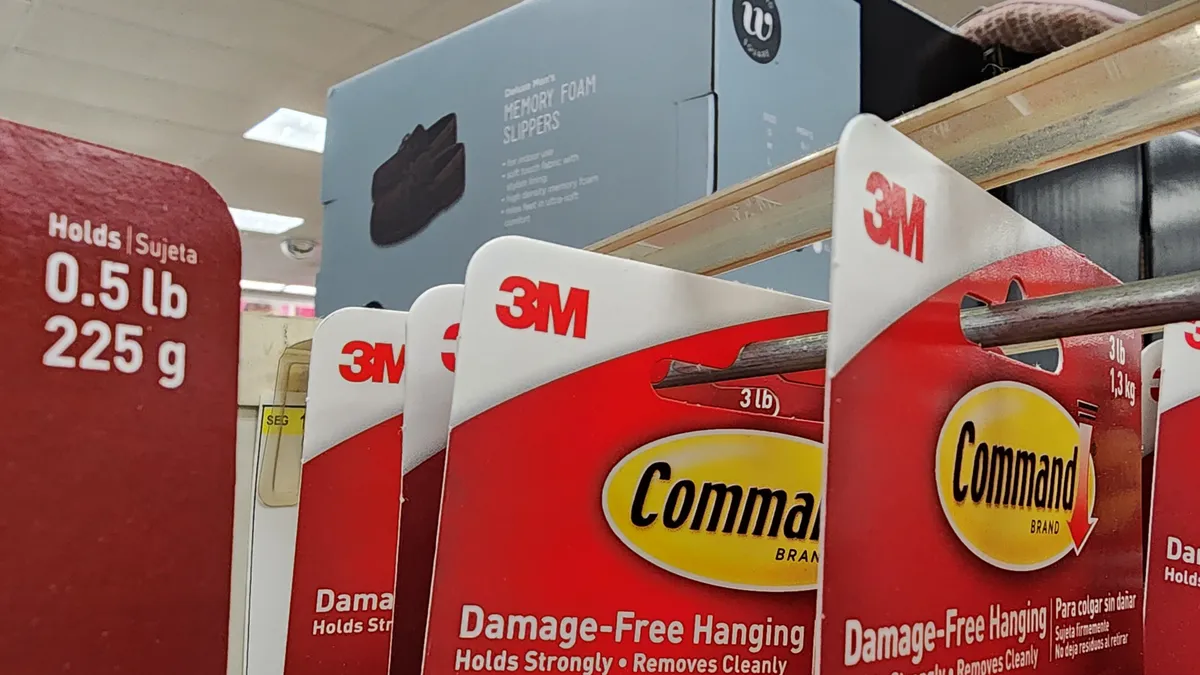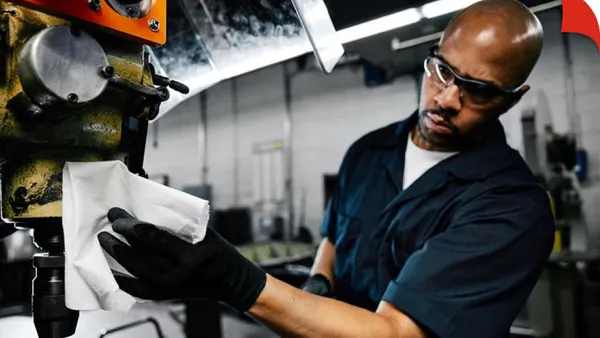It’s been five years since COVID-19 rattled markets, pressured supply chains and upended manufacturing.
In the early days of the pandemic, production and hours worked plummeted to levels not seen since World War II across manufacturing, with factories shutting down or operating with limited capacity.
As government restrictions loosened, output roared back in the second half of 2020, driven by the motor vehicle sector, according to U.S. labor data. The recovery gained momentum in the following years amid vaccine rollouts and rising economic demand.
While the days of social-distancing and mask mandates are a memory at this point, disruptions from the pandemic have taught manufacturers a variety of lessons about how to stay agile, and spurred operational changes along the way.
Companies have accelerated investments in supply chain resiliency to avoid or mitigate future operational disruptions. There’s been a greater push to implement artificial intelligence and automated tools for greater efficiency and decision-making. Manufacturers are also looking to reconfigure hard-to-fill jobs to make them more appealing to the next generation of workers.
Here’s a look back at how the pandemic changed manufacturing.
Stronger supplier relationships were formed
Supply shocks occurred at different points throughout the pandemic, depending on the manufacturing sector.
Chip McElroy, president and CEO of McElroy Manufacturing, an Oklahoma-based maker of machinery that welds together underground pipes for gas companies and water municipalities, said his business saw an “astronomical” collapse in product orders between mid-March and May of 2020. Meanwhile, ongoing orders with suppliers for raw materials and intermediate goods continued through the year and kept potential issues at bay.
“I really didn’t have any supply disruptions to speak of pretty much for the balance of 2020,” McElroy said. “But [problems] really hit the fan as things started coming back to life and as we needed to reorder.”
Around this time inflation reared its head, surging from 2% to nearly 8% during 2021, and McElroy began seeing extended lead times driven in part by price hikes and delays on needed materials. He also said the company realized just how much it relied on components from factories in other countries, including items like seals, insulation foam and paint.
To mitigate challenges, McElory said the business made an effort to strengthen its supplier relationships and continues to foster those dynamics.
“We’ve gotten much closer with our supplier partners,” he said. “The more open we have been with our suppliers, the more willing they are to engage us in a way that is probably far greater than what our dollar volume with them would suggest they need to do.”
COVID-19 rattled the US manufacturing workforce
Manufacturing jobs became more advanced
When the lockdowns took effect, the United States lost about 1.3 million manufacturing jobs as a result of layoffs and business closures, according to the Bureau of Labor Statistics.
While hiring rebounded in the following months, with jobs surpassing pre-pandemic levels at 12.8 million in summer 2022, the sector has recently dealt with labor constraints as companies struggle to recruit and retain workers.
“It’s harder to get folks who want to come in and do these jobs that are required to make manufacturing run,” Tim Gaus, principal and smart manufacturing business leader at Deloitte.
To fill the labor gap, more companies are leveraging automation and robotics, as well as investing in ways to upskill jobs and foster a working environment for the next generation, according to an April 2024 Deloitte report.
Gaus said manufacturing has become less desirable in part because today’s workforce is looking for a different work experience compared to past generations, including hybrid and tech-forward options.
To make the jobs more attractive, Gaus said employers are putting more technology into the hands of shop floor workers to create a more modern experience. According to the World Economic Forum’s 2023 Future of Jobs report, 40% of the current skill requirements in advanced manufacturing will evolve over the next five years, with an increased emphasis on leadership, digital and soft skills.
On the other hand, manufacturers are investing in software-defined manufacturing, such as predictive maintenance and other artificial intelligence tools, to drive the operation in a more agile way, said Kelsey Carvell, a principal in Deloitte’s supply chain and manufacturing operations practice.
“So potentially, you don’t need to work as many hours to get the output,” Carvell said.
As companies conducted mass layoffs through the pandemic, a number of them fought to hold on to their workers. In previous downturns, McElroy said his company would conduct layoffs accordingly, but in 2020, he and other leaders suspected conditions would return quicker than expected and didn’t want to risk losing their employees.
“Because we held on to our people, we were able to respond to the market that came back more quickly and then the additional rehiring we needed to do wasn’t nearly as stressful,” McElroy said.
In total, McElroy laid off about 15 people, he said, which “was a pretty minor blip.” About 480 people work for the company, with the vast majority in North America.
Supply chain management came to the forefront
COVID-19 disruptions forced companies to rethink their supply chain strategies and accelerated adoption of technologies that gave them greater visibility across their networks.
Prior to 2020, Gaus said industrial manufacturers mostly operated with a lean, just-in-time approach, where they kept their inventories as low as possible. Pandemic-induced disruptions highlighted the cracks in that way of doing things.
“We saw a lot of companies shift to rethinking that mindset,” Gaus said, with many weighing whether they should have more redundancy or inventory stockpiles and a slightly different flow to their end-to-end supply chain.
McElroy, for example, made an effort to carry higher levels of inventory post-COVID and nearshore sourcing to limit potential issues.
“I think one of the lessons learned from just-in-time manufacturing is that you can go too far, and when you do and there’s a disruption, then you’re not able to satisfy your customer," he said.
Beyond stockpiling, manufacturers also advanced their supply chain technologies after the height of the pandemic. According to Deloitte’s 2022 manufacturing outlook report, which surveyed hundreds of U.S. executives and senior leaders, 53% of respondents said they expected to enhance data integration for more supply-and-demand visibility and planning.
While digitalization and automation accelerated across manufacturing, Alex Iuorio, SVP of supplier development at Avnet, a distributor of semiconductors and other electronic components, said the biggest change he saw was an increased awareness from the public regarding supply chains.
“What laymen understand is impulse buying,” Iuorio said. “I have to stock, you know? I can no longer get what I want instantly, and so those things started to bubble to the forefront. We saw the same condition in our business.”
In addition to electronics distribution, Avnet offers supply chain solutions designed to reduce costs and improve management processes. During the pandemic, Iuorio said customers would come to them asking initially for parts, and the conversation would shift to “Hey, I want to talk about my supply chain solutions so that this never happens to me again.”



